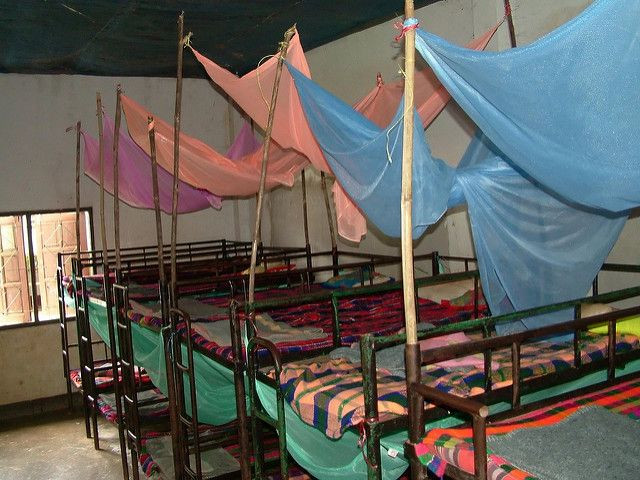Zika Virus And Guillain-Barré Syndrome: Link Between Two US Cases And The Neurological Disorder 'Looks Strong'

It's not just microcephaly we should be worried about when it comes to the Zika virus, a new reveal from the Centers for Disease Control and Prevention (CDC) suggests.
This past Thursday, the CDC told Time it had confirmed the presence of a rare neurological disorder that can cause paralysis, Guillain-Barré syndrome, in at least two people previously infected with Zika. Though often sparked by an infection, and already suspected to be connected to Zika specifically, the cases of Guillain-Barré associated with Zika are the first to be detected stateside. The link between Zika and Guillain-Barre "looks strong and would not be at all surprising," Dr. Tom Frieden, director of the CDC told Time. "We’ve seen similar postinfection complications after many different infections, including some that are quite similar to Zika. That is a link that’s getting stronger."
Guillain-Barré syndrome is an autoimmune disorder that targets the peripheral nervous system, which, among many other functions, helps control our ability to move and feel. The resulting damage leads to muscle weakness, tingling leg sensations, and even temporary paralysis. In the most severe and rare of cases, that paralysis affects a person’s respiratory or circulatory system, leading to life-threatening complications. And while most sufferers do generally recover, 30 percent still feel a degree of weakness after 3 years, according to the National Institute on Neurological Disorders and Stroke (NINDS). Unlike microcephaly, Guillain-Barré can happen at any age.
Zika’s connection to Guillain-Barré has been theorized prior to the documented rise in the number of microcephalic infants born in areas where Zika had newly emerged. In 2013, a large Zika outbreak hit the island nation of French Polynesia; five weeks later, there was an increase in Guillain-Barré cases. As reported by NPR, while there was previously an average of two Guillain-Barré cases a year, 2013-2014 saw 42 diagnosed cases. The subsequent rush of scientific attention now being paid to Zika has since uncovered more evidence of increased Guillain-Barré cases in Zika-infected areas, including Brazil.
As with microcephaly, though, this link still isn’t definitive, and it should be noted that Guillain-Barré remains a very rare occurrence. According to the NINDS, only about one in 100,000 people will come down with the disorder. For the time being, research efforts across the world are underway to better zero in and prove the connection to both conditions. As per Time, the CDC recently sent scientists to Brazil to conduct their own preliminary research on Guillain-Barré, though their findings have not been published as of yet.
Earlier this Sunday, South Africa became the latest nation to announce the mosquito-borne disease had compromised its borders, with a Columbian traveler having presented signs of Zika four days after arrival — the man subsequently recovered. The U.S. mainland has seen 82 confirmed cases of Zika brought over from other countries, while other territories such as Puerto Rico have reported nine locally acquired cases, both as of Feb. 17. According to Frieden, the potential for more Zika is inevitable.
"We really do expect that there will be hundreds, if not thousands, of travel-associated cases in the U.S.," said Frieden. "There are more than 40 million travelers in the U.S. to Zika affected countries every year — that’s a lot of people."
Published by Medicaldaily.com



























